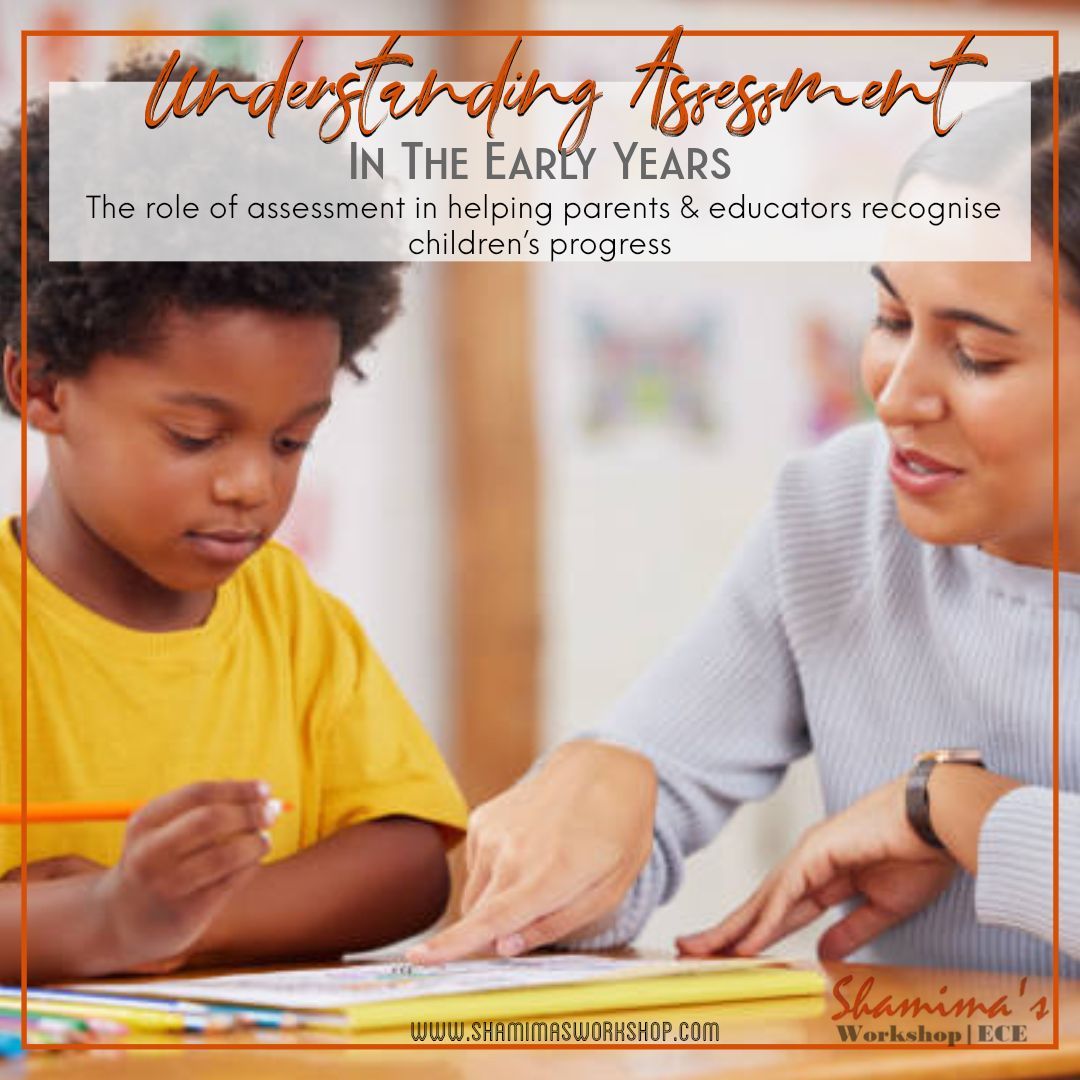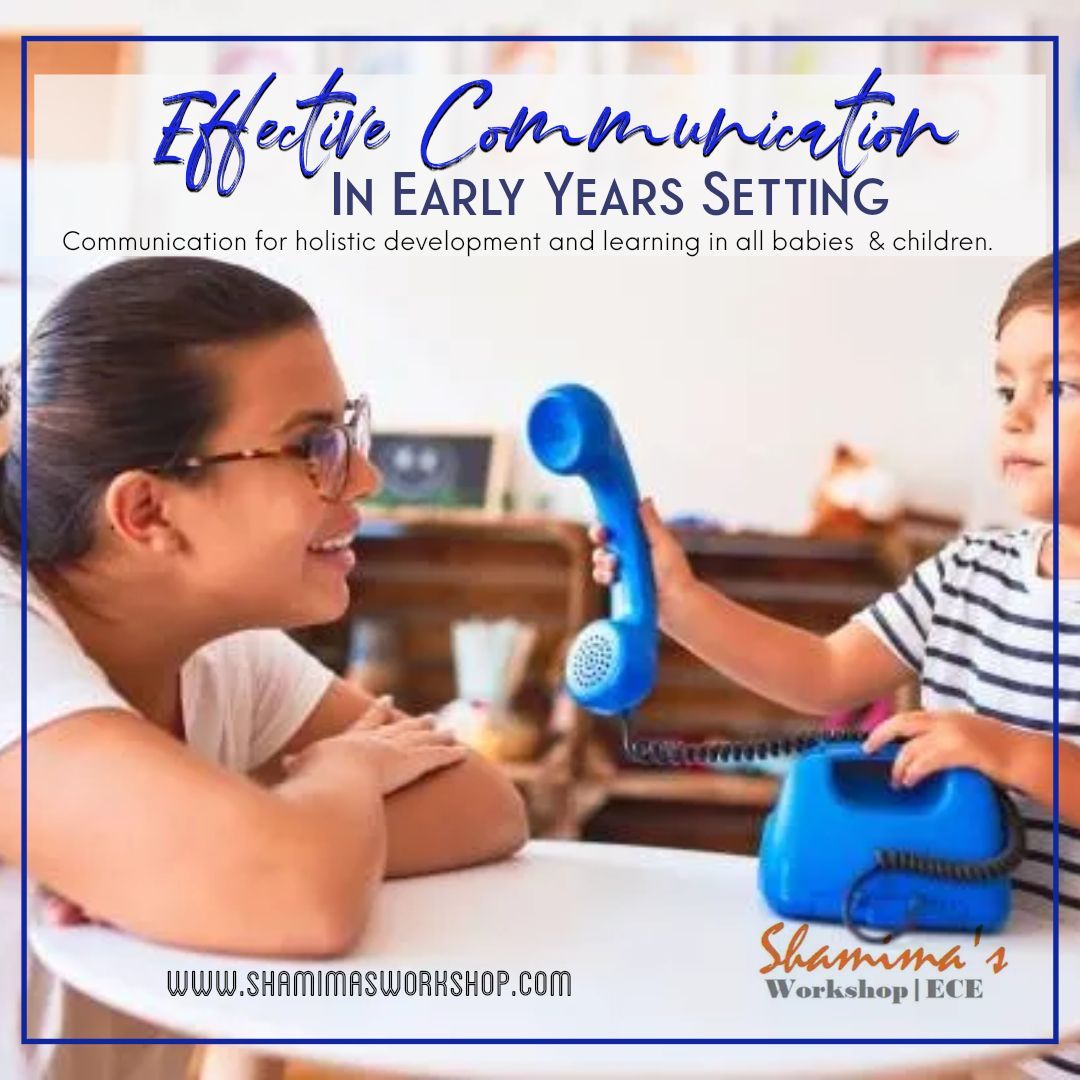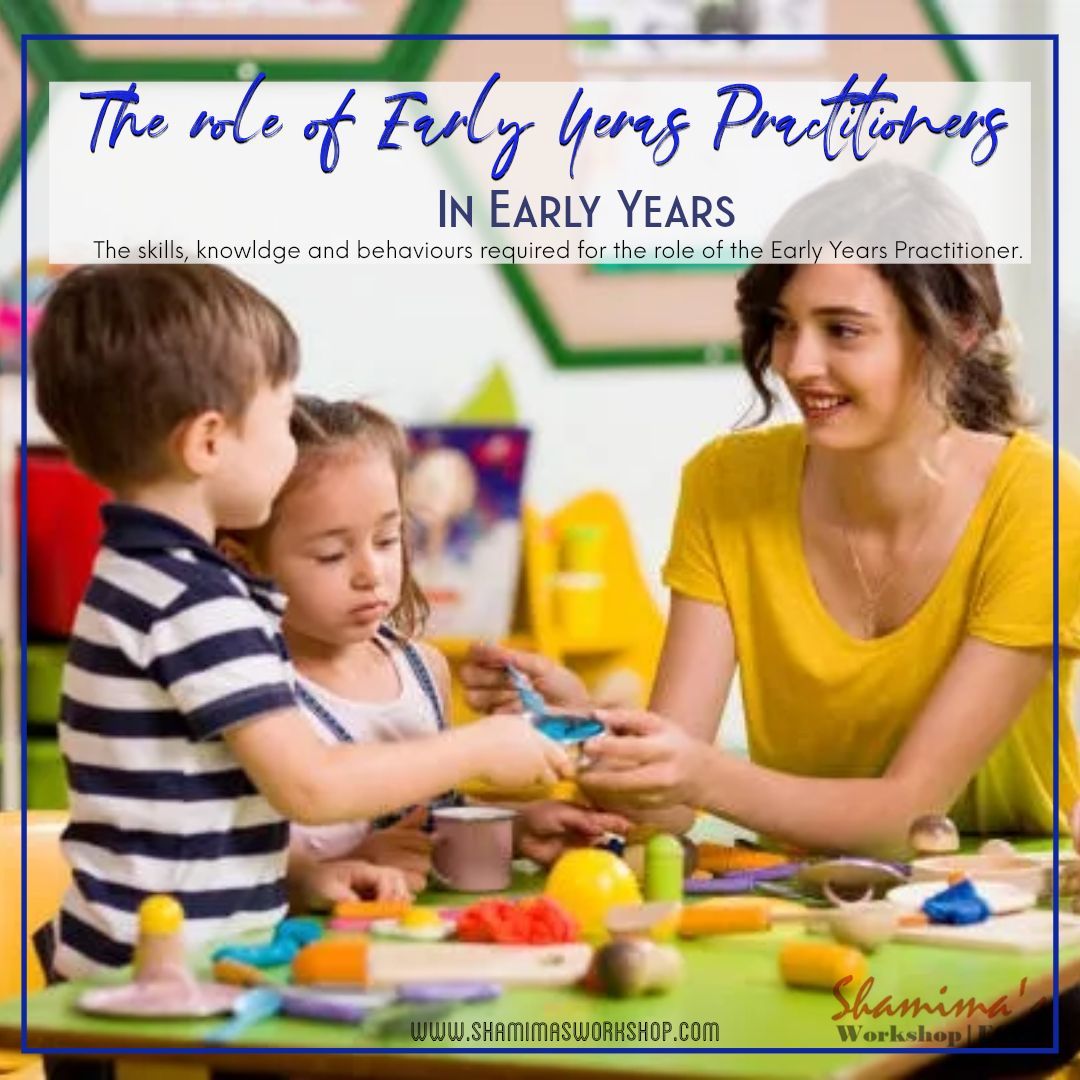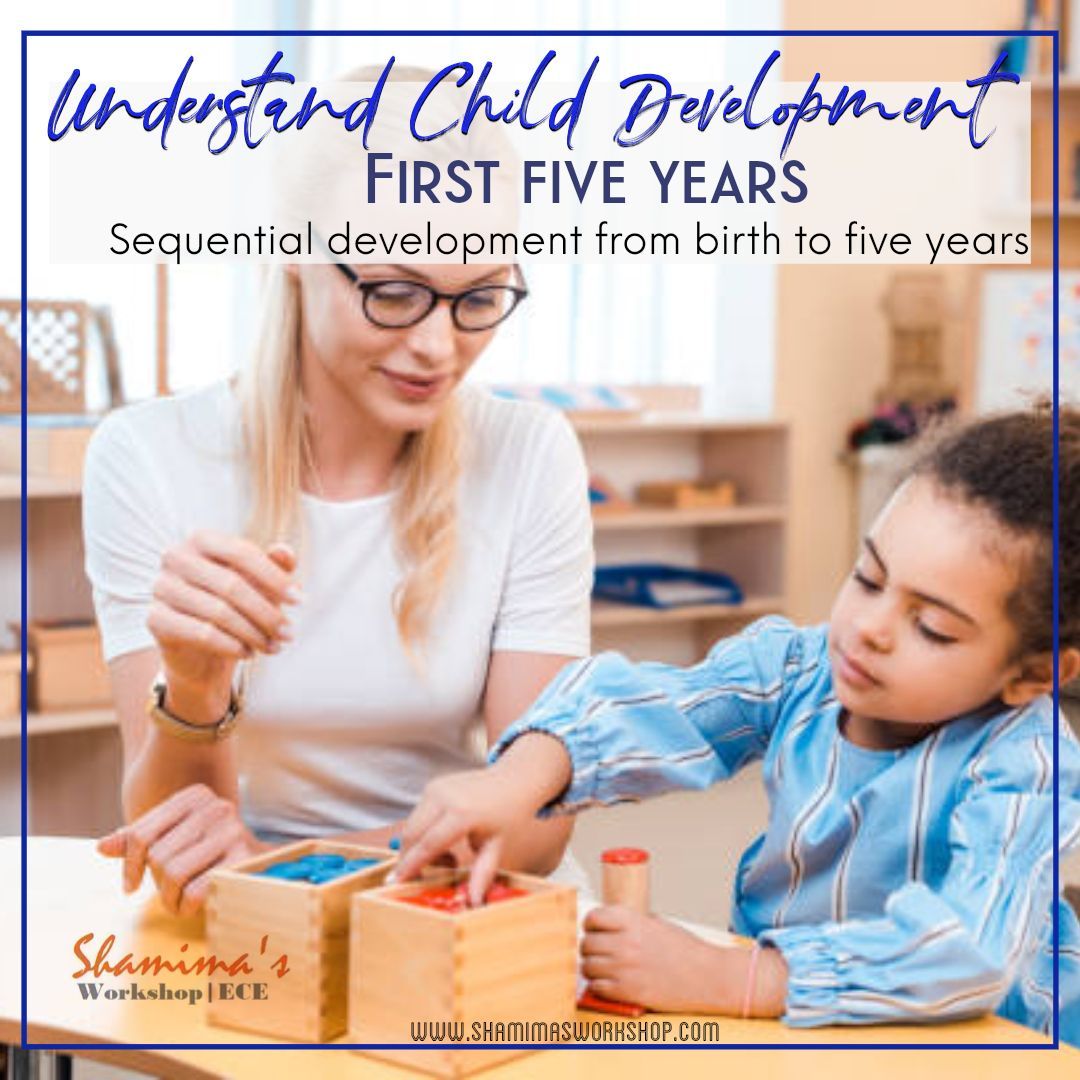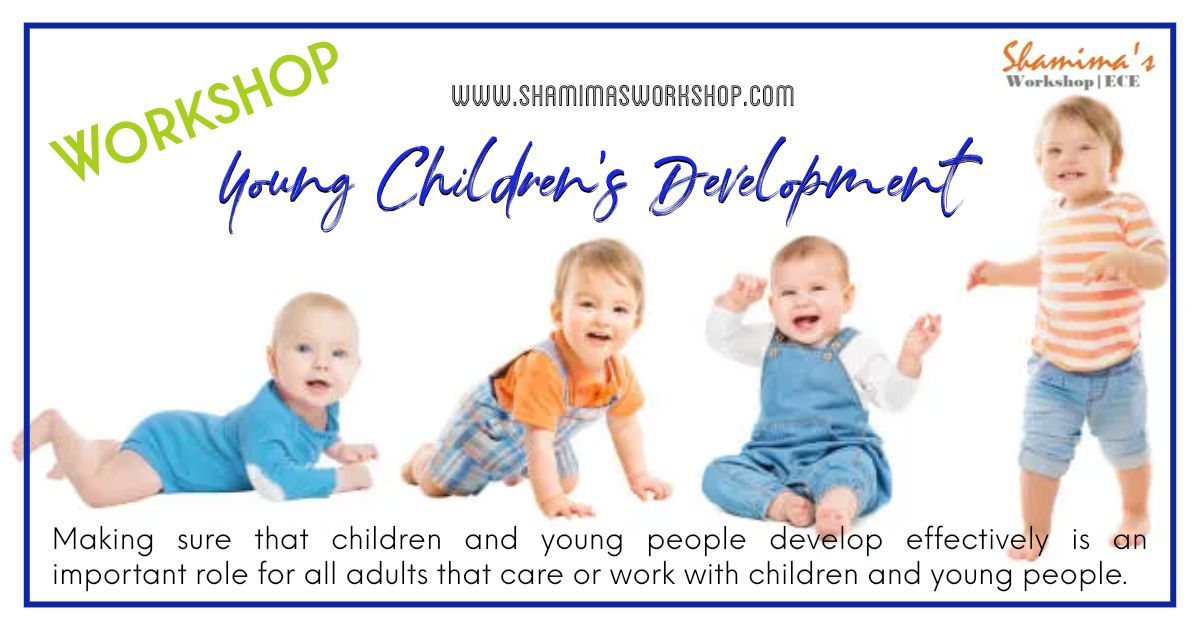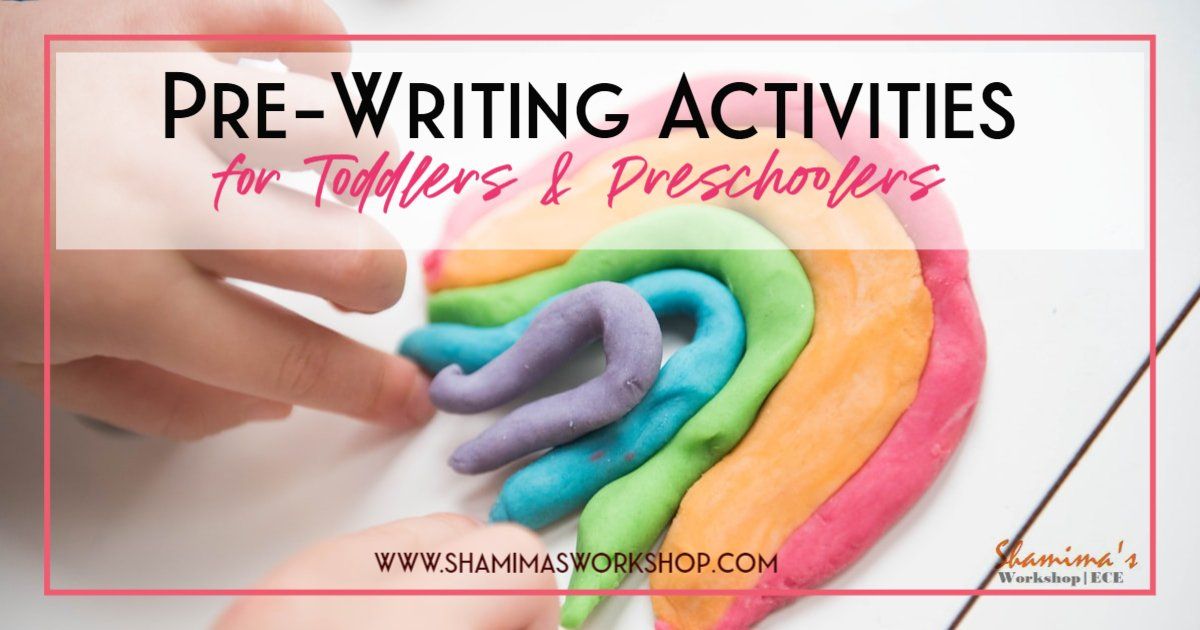Shamima's Early Years Blog

Understanding the observation, assessment, and planning is a core part of an early years practitioner's role. The process is a crucial factor in identifying children's individual needs, interests, and abilities. for learning and development to flow effectively, following the three-step cycle will ensure every child makes good progress and that they all meet the appropriate targets.

As an early childhood practitioner, you will frequently come across the term "assessment". Assessment is part of early years practitioners' day-to-day interactions with children. In the early years, assessment is the process of gathering information about a child, analyzing that information, and then using the information to arrange educational activities that are at the level of the child and also benefit the child. EYP continually makes judgments about children's learning and development and uses the information they gather to help children to progress. Children, too, make judgments about what they are good at, what they enjoy doing, what they can do now with little help, and what they would like to be able to do in the future. “ Assessment plays an important part in helping parents, carers and practitioners to recognise children’s progress, understand their needs, and to plan activities and support. “ EYFS Framework 2024, section 2.1, page 19 The most common types of assessment are formative and summative. As a preschool teacher, you might be familiar with these terms but still need clarification about how they work.

Creativity and imagination are important in the early years of a child's development. Children can develop and thrive emotionally, socially, and physically through creative and imaginative play. Creative activities encourage a child's development of these skills while also allowing them to express their thoughts, feelings, and ideas. Exploring creative possibilities with children contributes to and promotes their development.
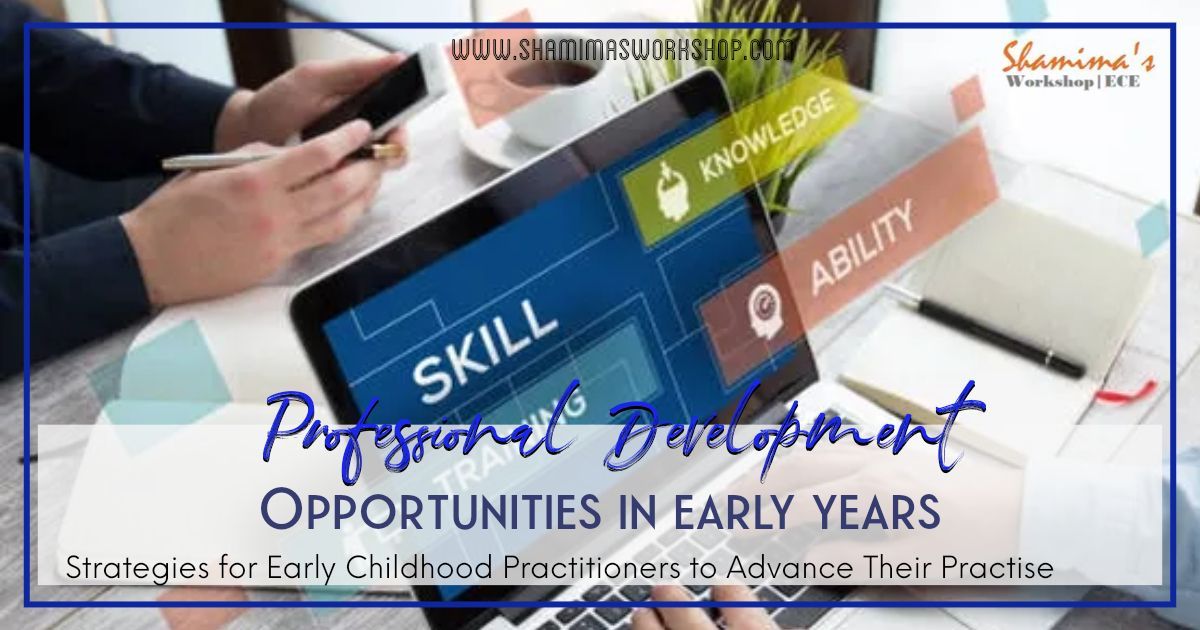
For early childhood educators, learning opportunities abound, ranging from formal conferences and events to informal opportunities such as reading and mentors. The level of professional development an employee can achieve may be determined by a number of factors, including available resources, organisational support, and the employee's motivation and commitment.

